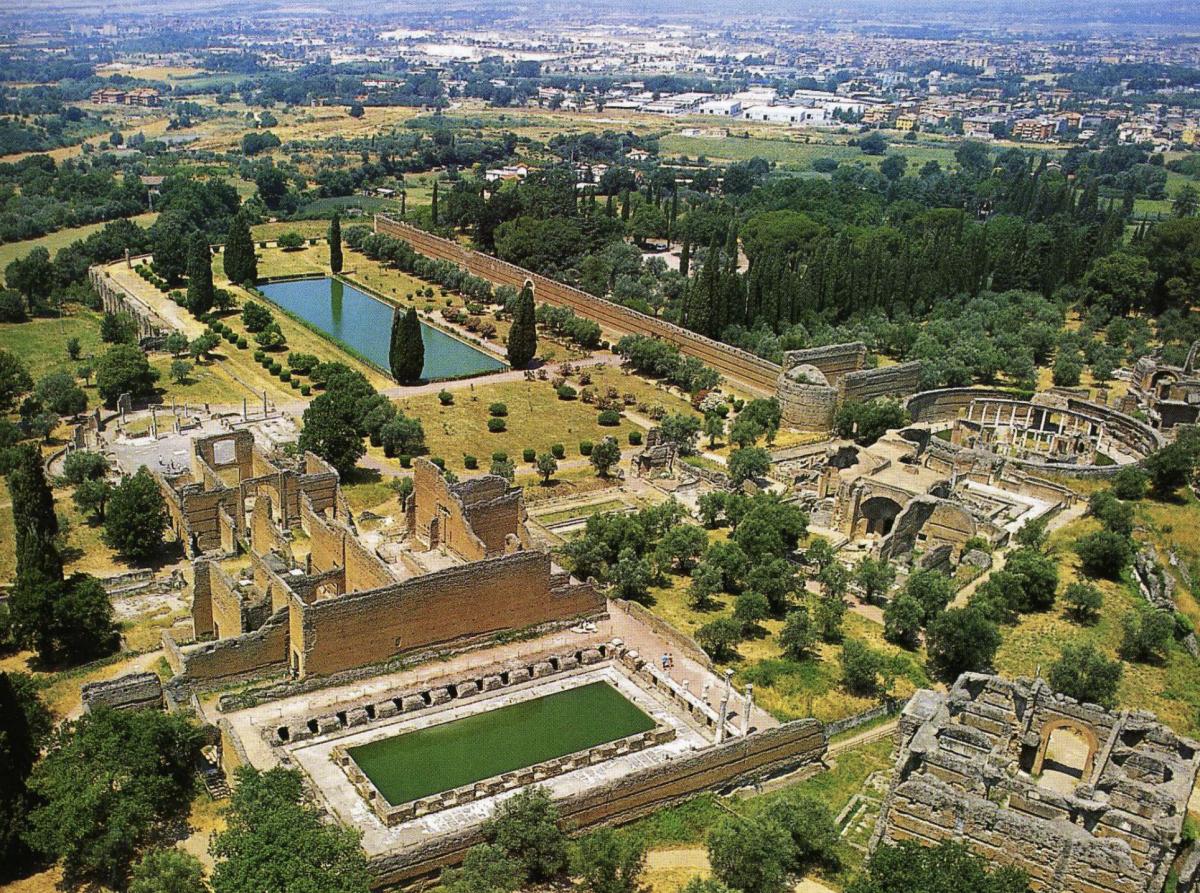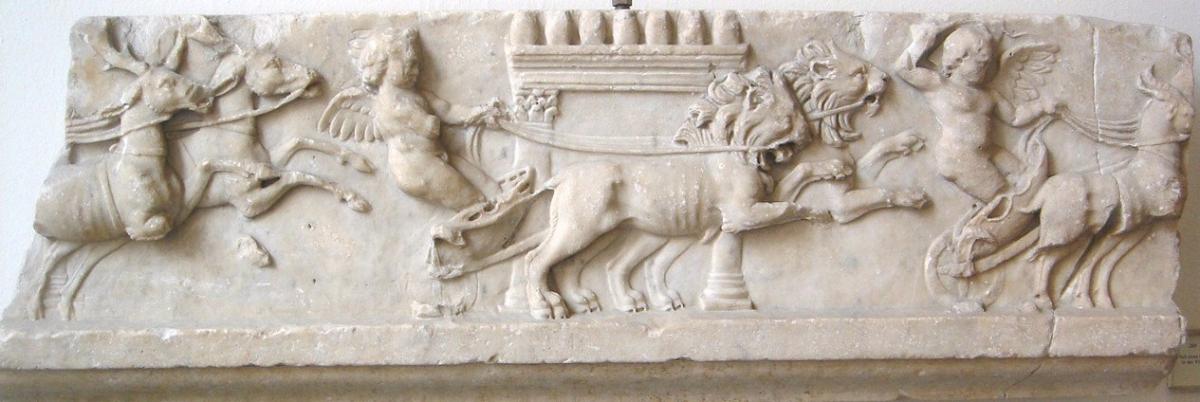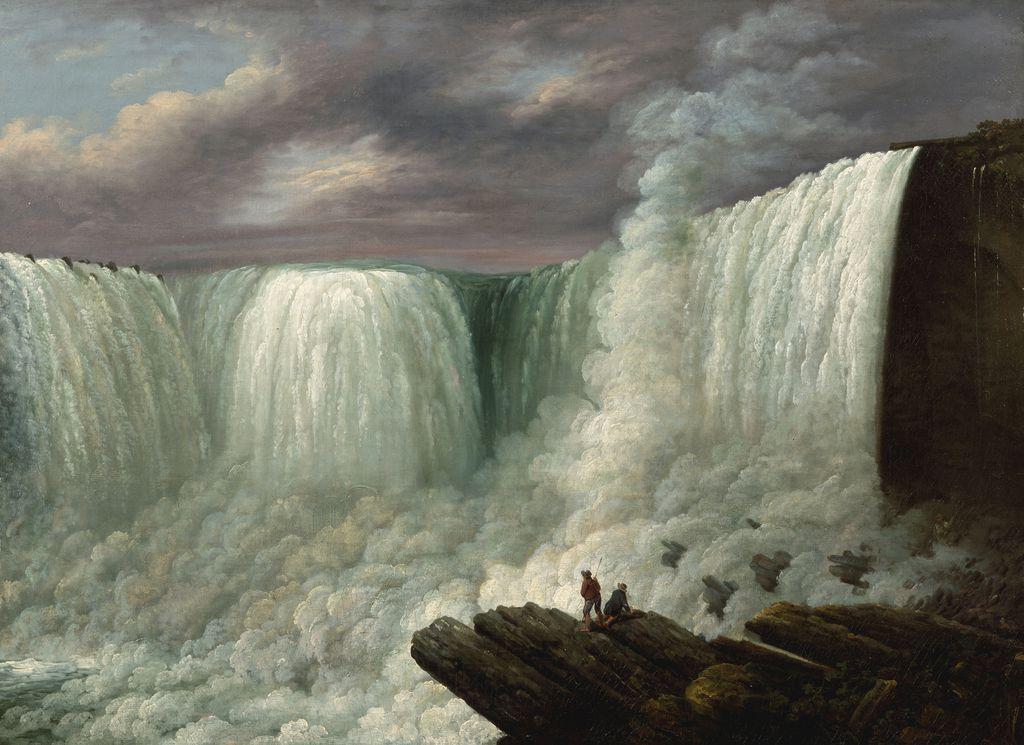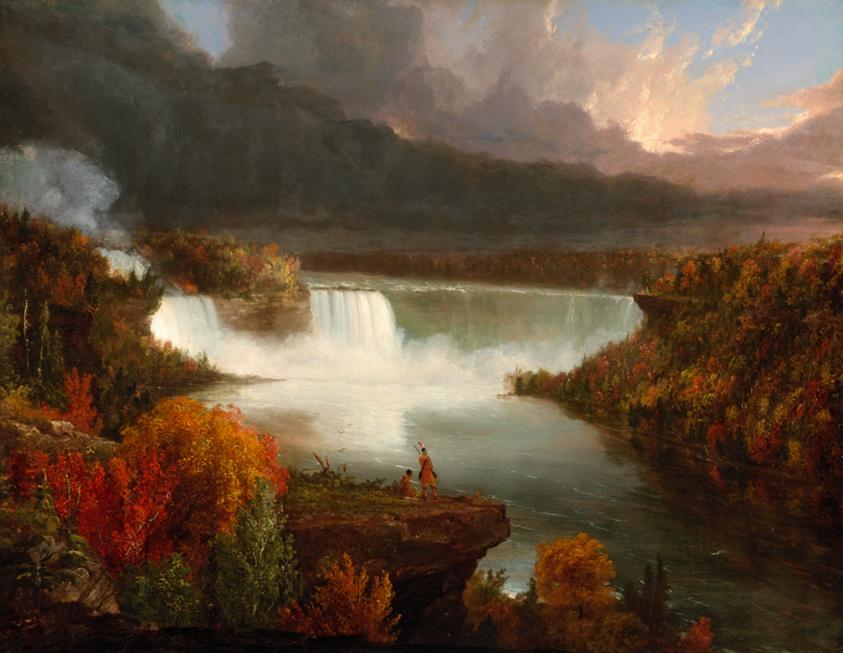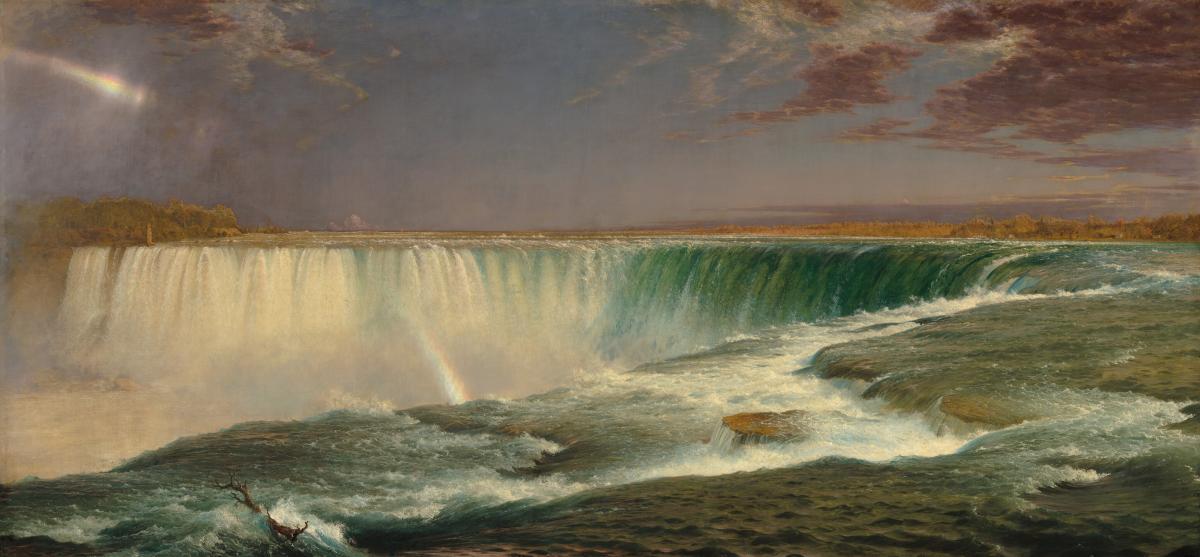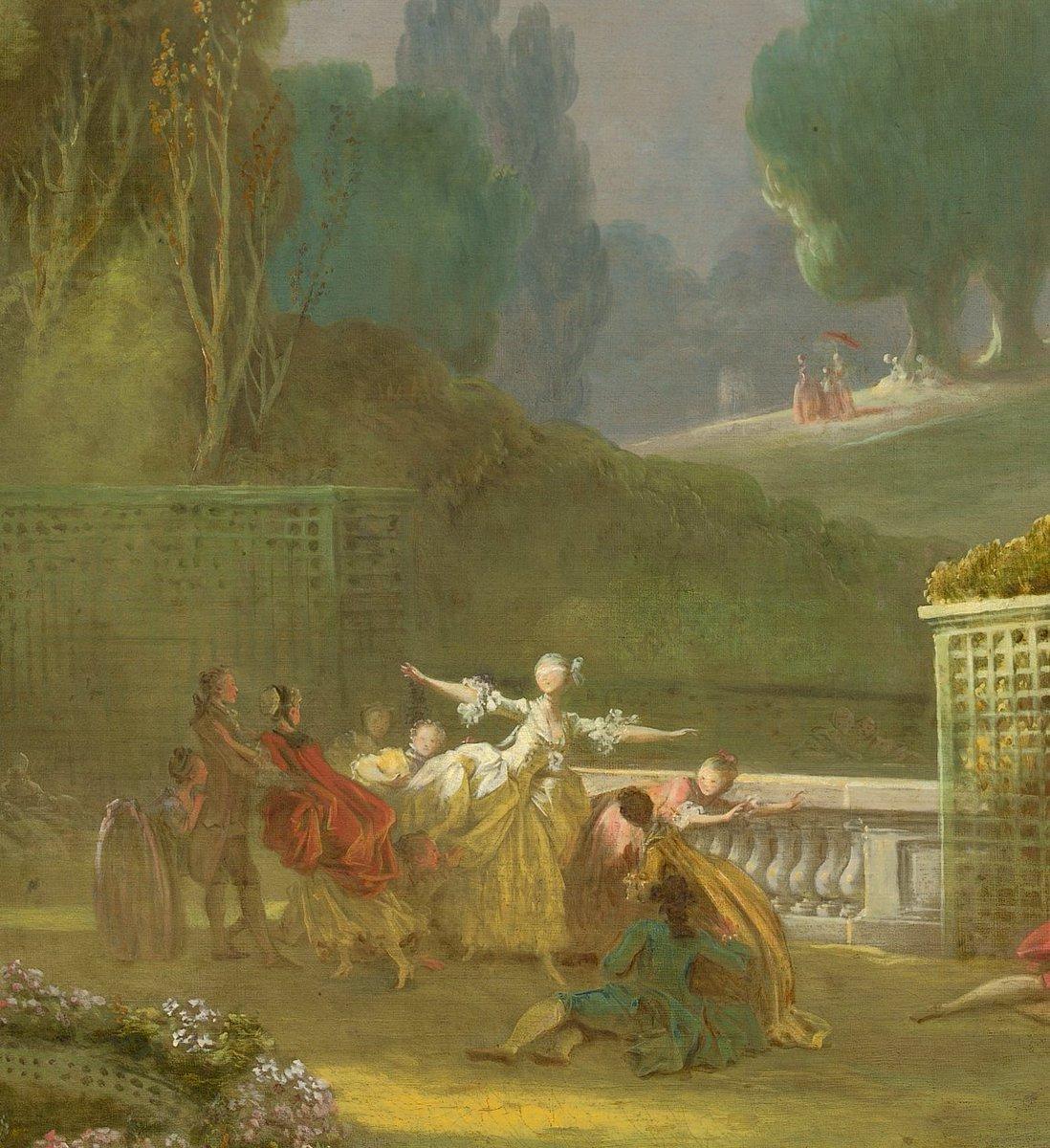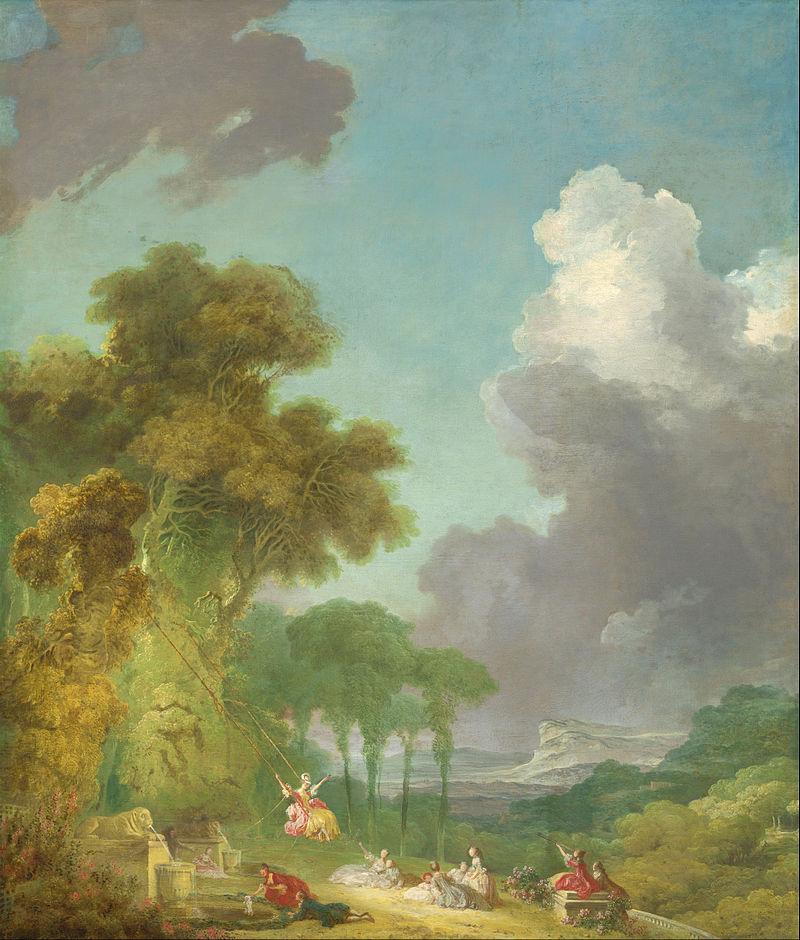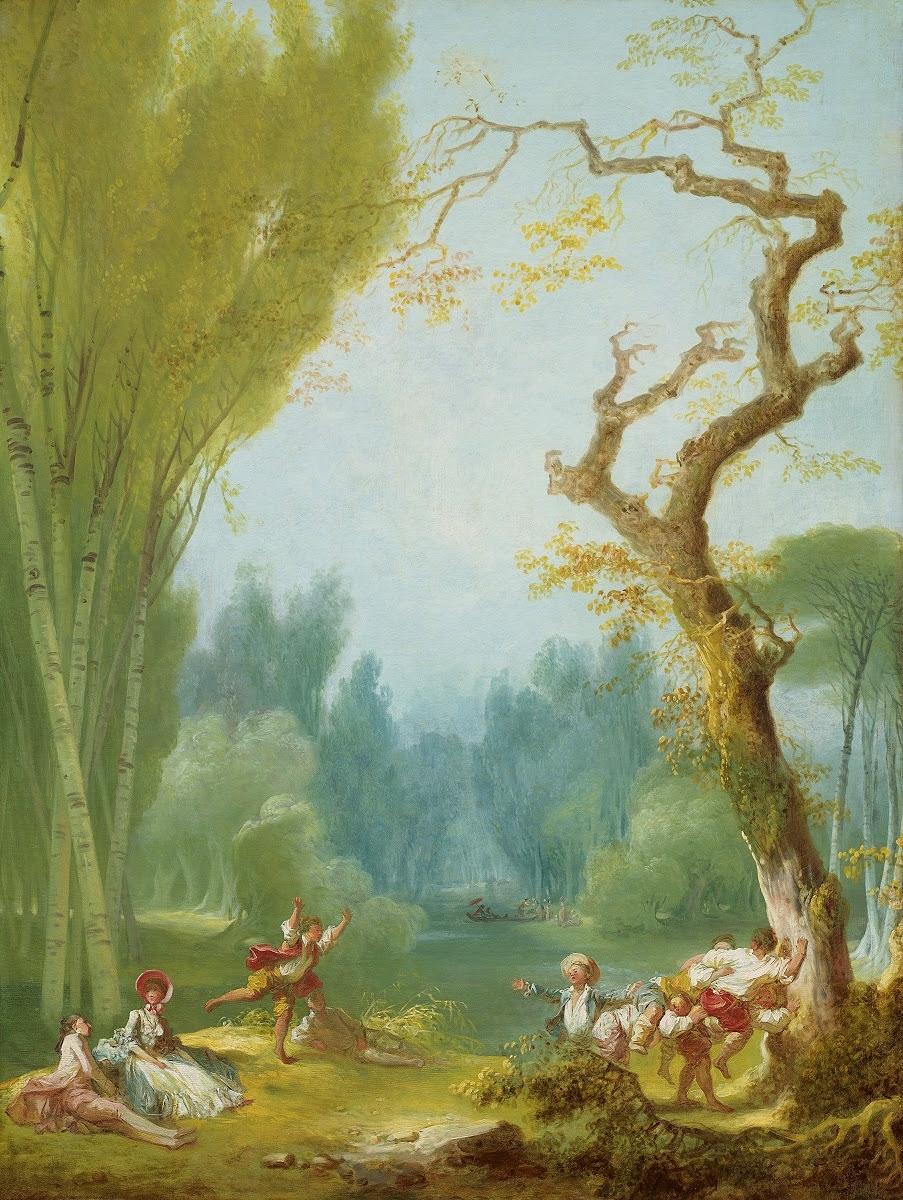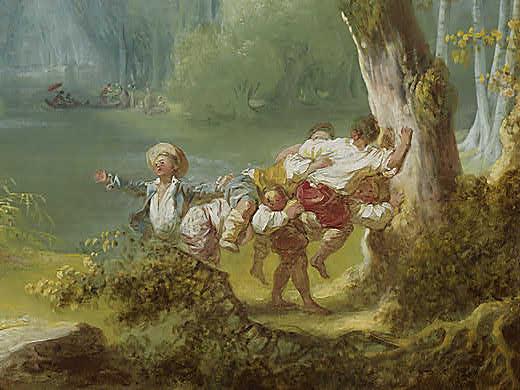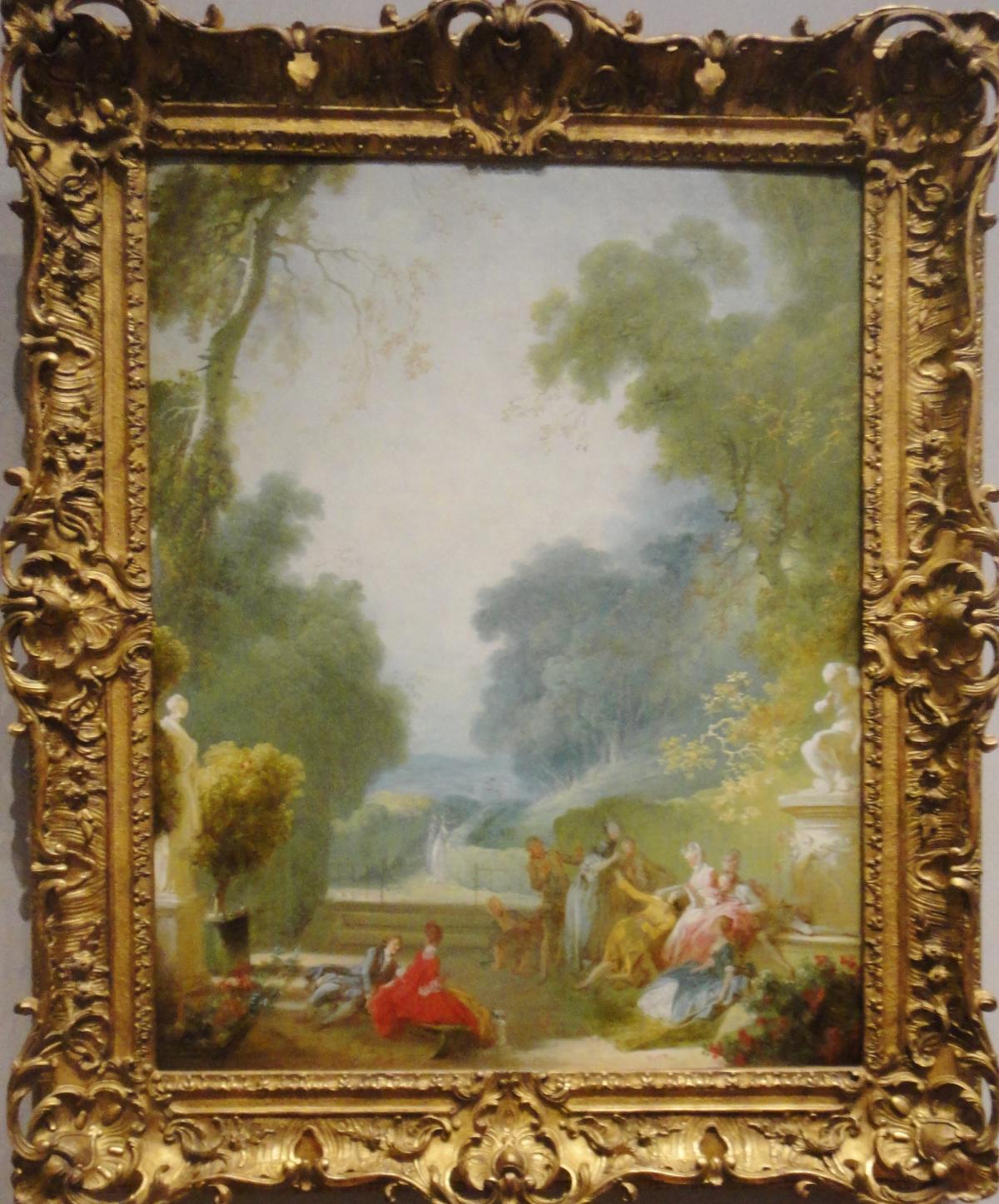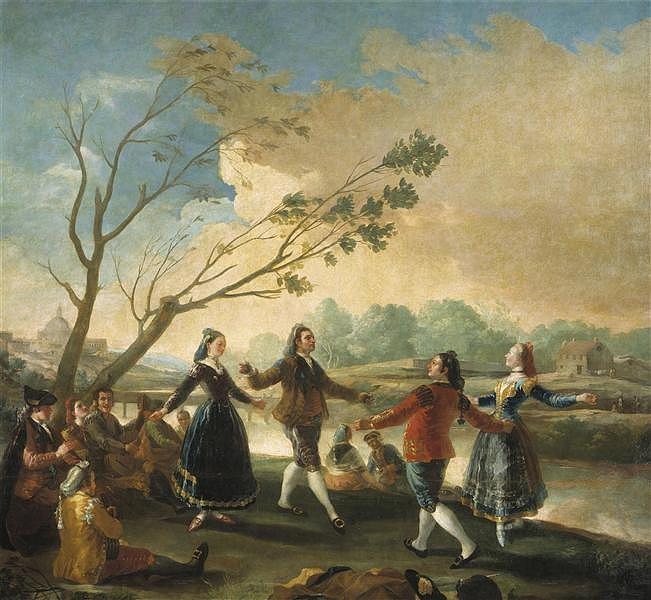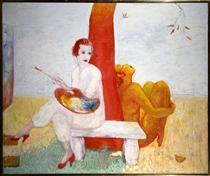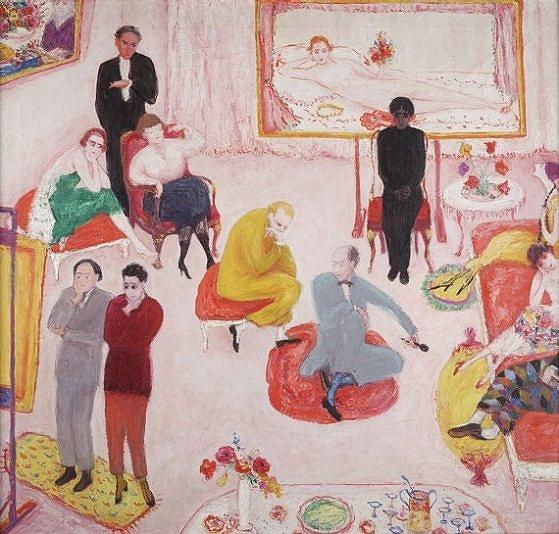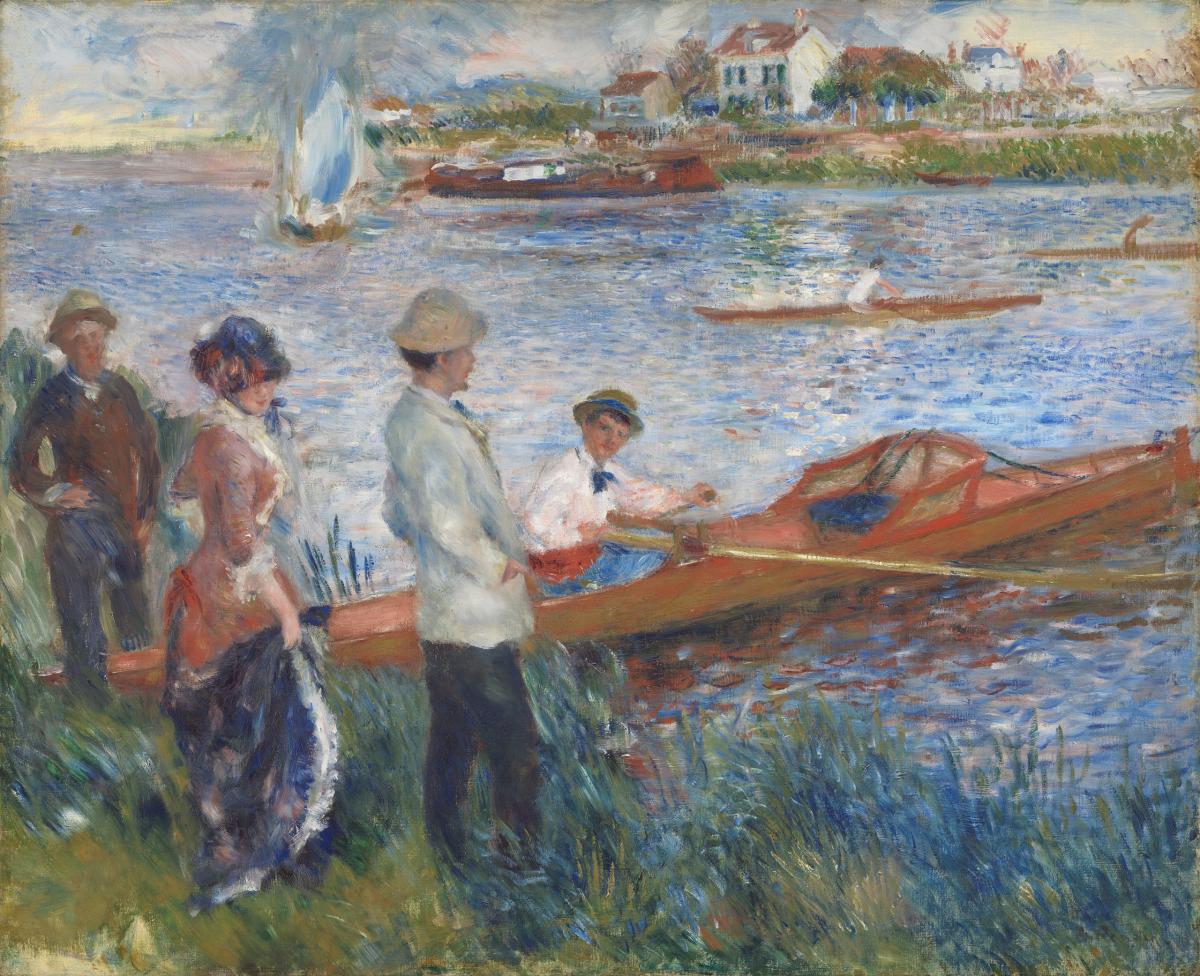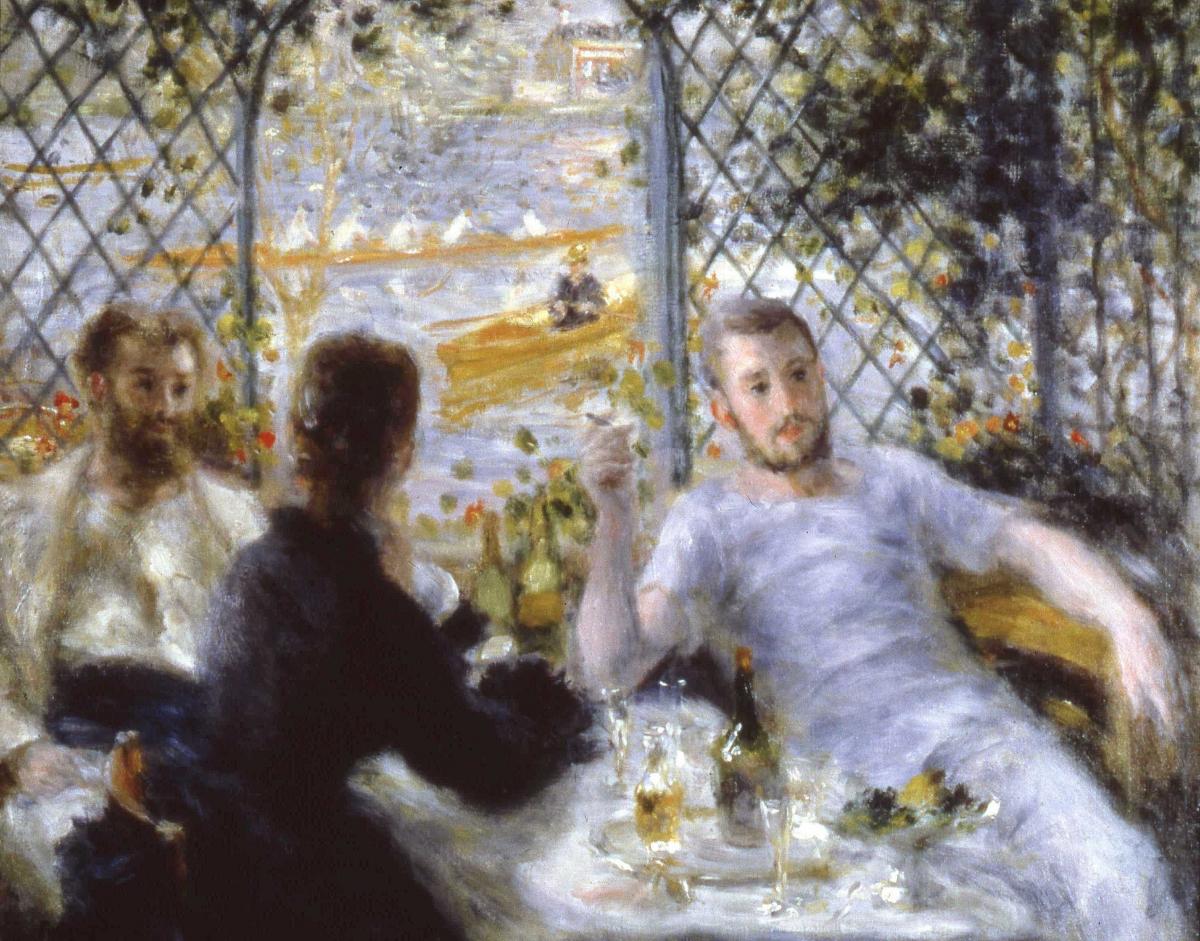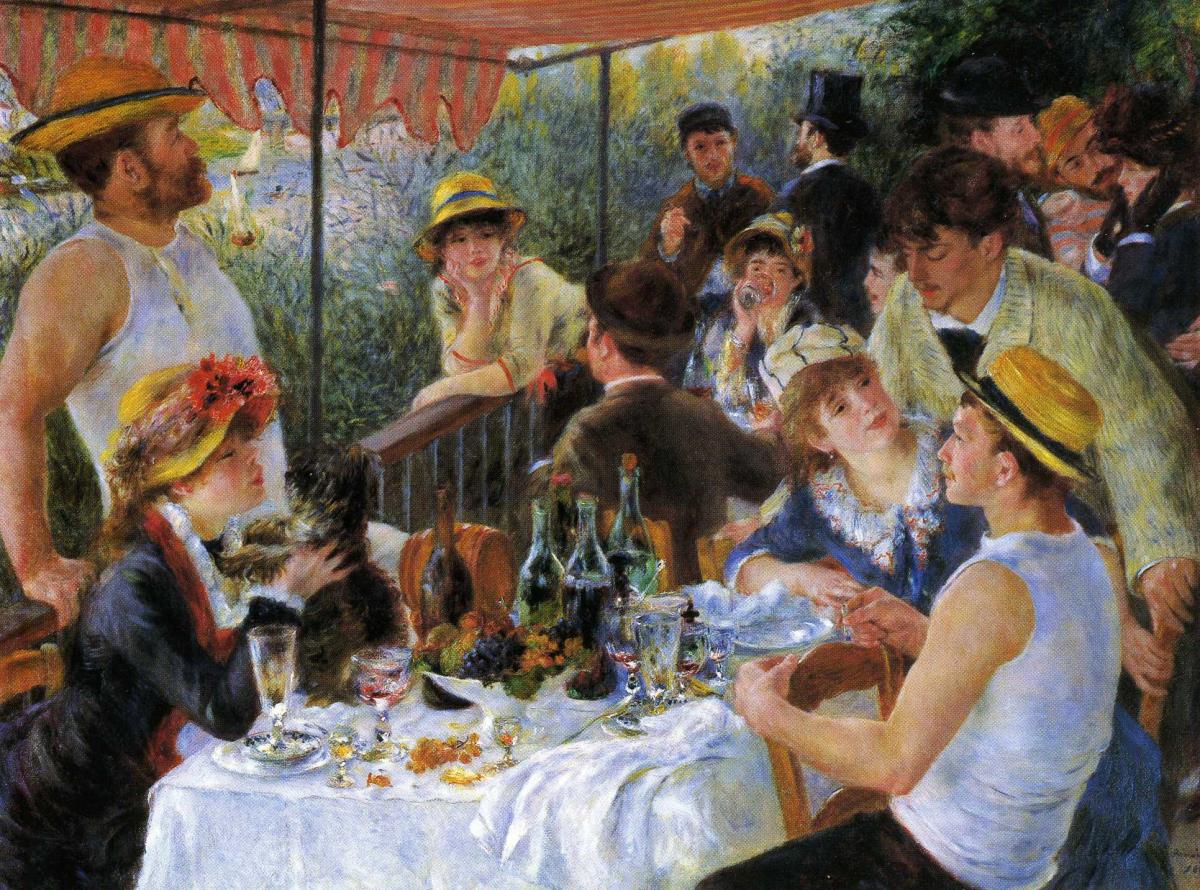Roman Emperor Hadrian reigned from 117 until 138 CE, the last years of the Roman Peace (Pax Romana). One of the good emperors, Hadrian was the commander of the Eastern Army and a learned scholar and philosopher. He traveled throughout the Empire visiting every province from Britain to the Middle East. His purpose was to oversee and maintain the unified Roman empire. Historical documents say Hadrian was an intellectual with an unbounded curiosity about everything. Beyond rebuilding the Pantheon in Rome and building his tomb on the Tiber River, he built temples and triumphal arches in Lebanon, Turkey, Ephesus, and Athens, and the famous Hadrian’s Wall in Great Britain.
Hadrian was the chief architect of his Villa at Tivoli. He was inspired by the numerous architectural designs he saw in his travels. Construction began on the 300 square acres of land for the Villa in118 CE and continued until 133/34 CE. Hadrian made the villa his primary residence in order to escape Rome. Mail and travel from Rome were made easy by well-developed Roman roads. Tivoli’s hillside location is splendid as a result of its altitude, cooler temperatures, and landscape with waterfalls. The villa comprised 100 buildings: a main palace, libraries, theaters, baths, dining halls, outdoor pavilions, grottos, and sculpture gardens. Hadrian lived there until his death in 138 CE.
The original Villa covered 296 acres; what is visible today covers about 100 acres. From the time it was rediscovered in 1461, its sculptures, mosaics, and other items have been looted and placed in Renaissance and Baroque collections. Most of the looted objects are now in museums all over the world. The first excavations were conducted by Pope Alexander VI Borgia (reigned 1492-1503) in order to find coins and sculptures. Cardinal Ippolito d’Este was the second to the loot Hadrian’s Villa of sculptures and marble for his nearby Villa d’Este.
The “Canopus” (125-138 CE) is one of the remaining partial structures. Based on the concept of the Nile in Egypt, the pool was 393 feet long. It was surrounded by a Roman colonnade with Corinthian (leafy) capitals, arches, and Greek sculptures. The Romans knew a great work of art when they saw one. Original Greek sculptures were one-of-a-kind cast bronze statues. Most of these were melted down in the Middle Ages to make weapons. The only original marble sculptures are those that are part of a building. The Romans’ love of Classical Greek sculpture caused them to make hundreds of marble copies that survive today. The Roman copyists were skilled artists, but they were unable to balance standing figures without adding a strut, an additional sculpted support in the form of a tree trunk or vase that added a third support leg.
The long Canopus pool was surrounded with sculptures of Greek gods and goddesses, athletes, and mythological figures. A series of caryatids, draped female figures that act as the pillars to support the roof of Greek buildings, can be seen in this picture. The most famous caryatids are found on the Erechtheun (409-404 BCE), on the Acropolis in Athens. It was dedicated to Athena Polias, protector of the city-state of Athens. The six original caryatids were carved during the era of Pericles (461-429 BCE), also known as the “Golden Age.” It was the great Classical period of Greek art when Polycleitus, Phidias, and Myron discovered the proportions and posture of the human body–the perfect human body. The Caryatids were sculpted by the workshop of Alcamernes, student and colleague of Phidias. The figures stand in the perfect body position known as contrapposto; the weight of the body is shifted onto one leg as the other leg rests. The original marble caryatid figures also shift onto the appropriate leg, the fabric of their gowns bunched around the supporting leg like the flutes of a column.
The “Maritime Theatre” is not a theater in the usual sense, it is in fact Hadrian’s private villa within the villa. Hadrian designed his island with wooden bridges he could pull up to prevent anyone from coming in. The island has a central open atrium, a small central garden, two bedrooms, a triclinium (dining room), hot and cold baths, and a latrine. Another room was Hadrian’s study, where he studied architecture and he painted. He enjoyed swimming in the marble-lined channel. The floors of the villa were decorated with opus sectile, marble cut to form pictures and patterns. The Greeks used white marble for their columns, but Hadrian also used grey and pink granite from Egypt and green cipollino marble from the Greek islands.
Pirro Ligorio, the designer of the gardens and fountains at the nearby Villa d’Este, named this structure the Maritime Theatre because of the colonnade in the atrium was decorated mainly with a frieze of sea images. “Gladiators in Chariots” (118-138 CE) (Maritime Theatre) (12’’ high), although not an image of the sea, was part of the frieze. The gladiators are chubby winged putti, and their chariots are driven by deer, lions, and goats. Since the frieze is incomplete, the only clearly defined animals are the lions. They closely resemble lion reliefs Hadrian would have seen on his travels in Persia and Mesopotamia. The putti figures are not well developed, suggesting the frieze was not Greek, but from somewhere in the Middle East.
A “Venus of Cnidos” (c.400-300 BCE), by the great Classical sculptor Praxiteles, was found in the “Temple of Venus of Cnidos” (121-135 CE) in Hadrian’s Villa. Hadrian’s copy of the Praxiteles work, now in a museum, is considered to be one of the finest extant copies. The sculpture was placed in the center of a circular temple constructed in the early Greek Doric temple design. The columns are topped with a simple Doric pillow. Praxiteles’ “Venus of Cnidos” was the first nude female sculpture in the Greek world. At first it was thought to be scandalous and was rejected, but soon became popular in Athens and beyond.
Hadrian was a connoisseur of the arts. He decorated his Villa with the finest art available. In addition to Greek sculptures, he amassed a collection of sculptures from Egypt, one of his favorite cultures. The walls and floors of the buildings were decorated entirely with marble floors and mosaics. The Villa’s design was a profound influence on Renaissance and Baroque architecture, and it influenced many 19th and 20th Century architects.
“The written word has taught me to listen to the human voice, much as the great unchanging statues have taught me to appreciate bodily motions. On the other hand, but more slowly, life has thrown light for me on the meaning of books.” (Hadrian)
Beverly Hall Smith was a professor of art history for 40 years. Since retiring with her husband Kurt to Chestertown in 2014, she has taught art history classes at WC-ALL. She is also an artist whose work is sometimes in exhibitions at Chestertown RiverArts and she paints sets for the Garfield Center for the Arts.


